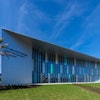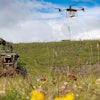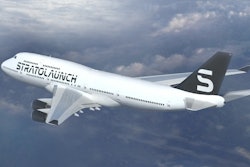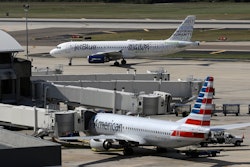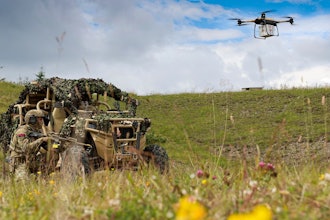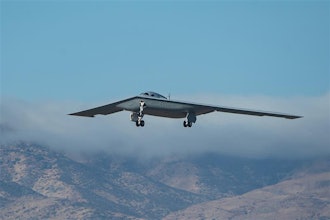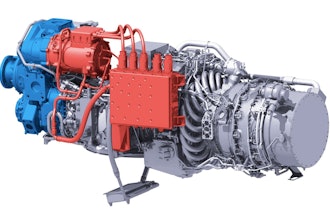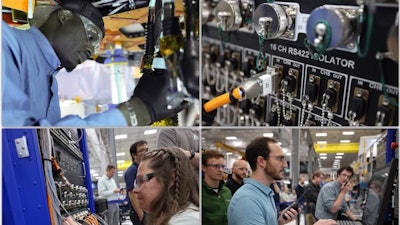
Sierra Space, a commercial space company building the first end-to-end business and technology platform in space, announced the successful power-up of its Dream Chaser spaceplane.
Dream Chaser represents a groundbreaking leap in space transportation technology, designed to provide reliable and cost-effective access to space for a wide range of applications. With its unique lifting body design, the spaceplane combines the flexibility of an aircraft with the capabilities of a spacecraft, revolutionizing space travel.
The power-up of Dream Chaser signifies the activation of its integrated systems, showcasing the culmination of years of rigorous engineering, design, and testing. Sierra Space simulated the power that will be generated from Dream Chaser’s solar arrays once on orbit. Test engineers plugged that power into Dream Chaser and began turning on systems. Sierra Space exercised flight computers, base processors and low-voltage distribution units.
“This is a milestone that points to the future and is a key moment in a long journey for Dream Chaser,” said Tom Vice, CEO of Sierra Space. “With this significant achievement, our Dream Chaser spaceplane is poised to redefine commercial space travel, opening up new possibilities for scientific research, technological advancements, and economic opportunities in space.”
The successful test showcases the progress of space technology after years of design and development across Sierra Space, enabled by the accomplishments of many teams from system level design to final assembly and test.
Dream Chaser is a reusable, fully autonomous, orbital spaceplane designed to transport cargo to low-Earth orbit (LEO) destinations such as the International Space Station (ISS) and land at conventional runways. Measuring about one-quarter the size of the Space Shuttle, it features autonomous launch, flight, and landing capabilities with a smooth 1.5 low-G re-entry on compatible commercial runways worldwide.

